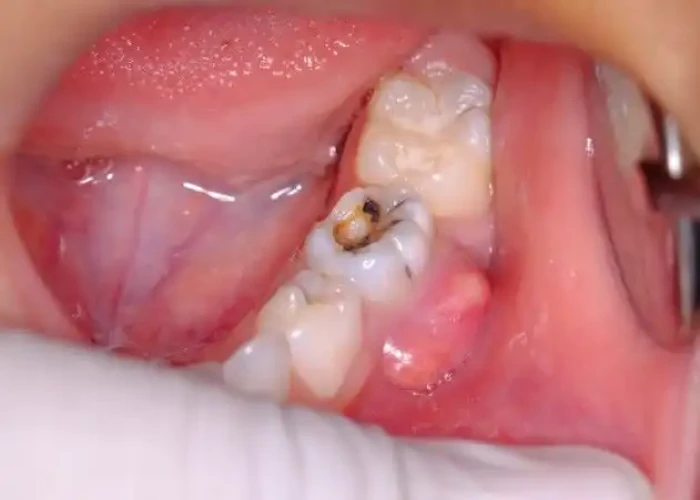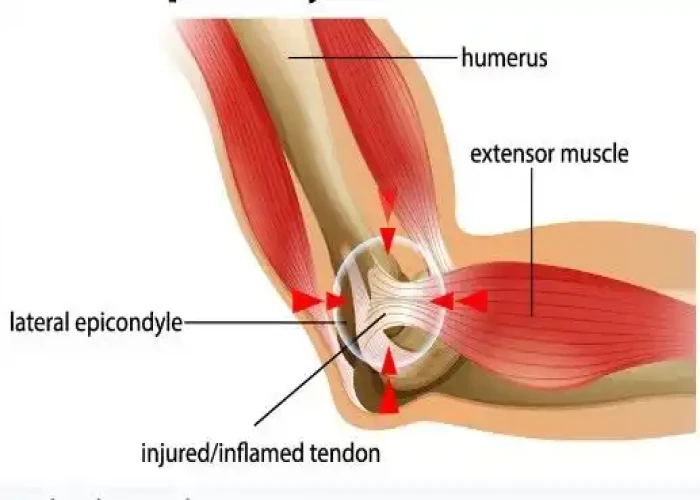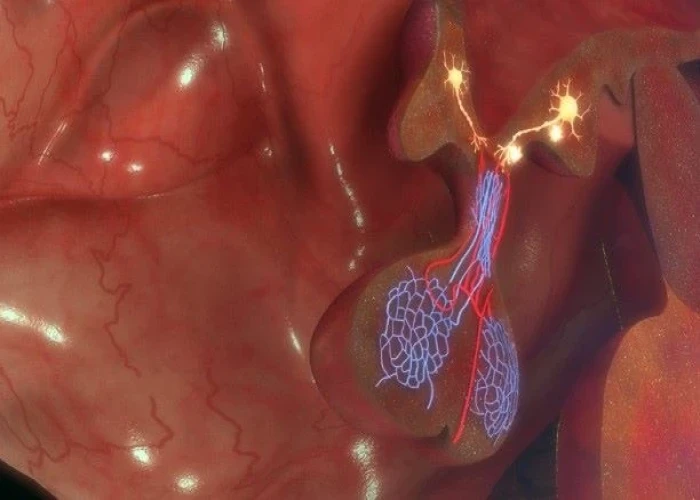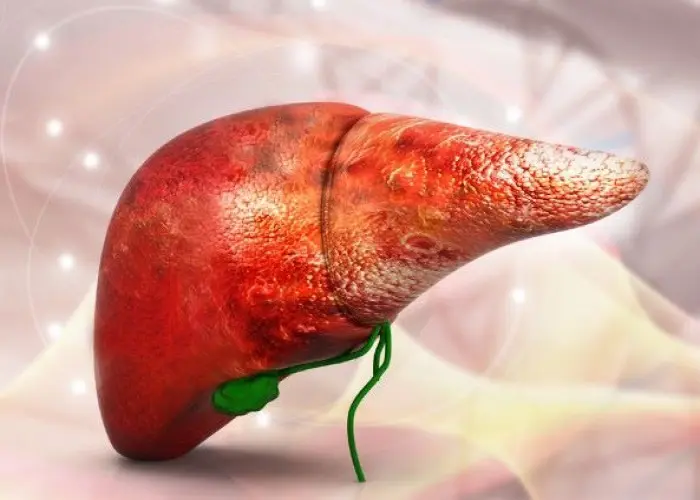 Welcome
Welcome
“May all be happy, may all be healed, may all be at peace and may no one ever suffer."
Tooth abscess

A tooth abscess is a pocket of pus that forms in the tooth or surrounding tissue. It is typically caused by a bacterial infection and can be quite painful. If left untreated, the infection can spread to other parts of the body and potentially lead to more serious health problems.
The most common symptoms of a tooth abscess include severe pain, swelling, redness, and warmth in the affected area, as well as a fever and swollen lymph nodes. In some cases, a small bump or pimple-like sore may also be visible on the gums.
Treatment for a tooth abscess typically involves draining the abscess and treating the underlying infection with antibiotics. In some cases, a root canal or tooth extraction may be necessary to remove the infected tooth and prevent the infection from spreading.
If you suspect that you have a tooth abscess, it is important to see a dentist or doctor as soon as possible. In the meantime, you can alleviate some of the pain and discomfort by rinsing your mouth with warm salt water, taking over-the-counter pain relievers, and applying a cold compress to the affected area.
Research Papers
Disease Signs and Symptoms
- Toothache
- Sensitivity to the pressure of chewing or biting
- Severe, persistent, throbbing toothache that can radiate to the jawbone, neck or ear
- Difficulty swallowing (dysphagia)
- Swollen neck
- Swollen jaw
- Swollen lymph nodes
- Fever
- Ear pain
- Neck pain
- The sudden rush of foul-smelling and foul-tasting, salty fluid in mouth and pain relief, if the abscess ruptures
Disease Causes
Tooth abscess
A periapical tooth abscess occurs when bacteria invade the dental pulp — the innermost part of the tooth that contains blood vessels, nerves and connective tissue.
Bacteria enter through either a dental cavity or a chip or crack in the tooth and spread all the way down to the root. The bacterial infection can cause swelling and inflammation at the tip of the root.
Disease Prevents
Tooth abscess
Avoiding tooth decay is essential to preventing a tooth abscess. Take good care of your teeth to avoid tooth decay:
- Use fluoridated drinking water.
- Brush your teeth at least twice a day with a fluoride toothpaste.
- Use dental floss or an interdental cleaner to clean between your teeth on a daily basis.
- Replace your toothbrush every three or four months, or whenever the bristles are frayed.
- Eat healthy food, limiting sugary items and between-meal snacks.
- Visit your dentist for regular checkups and professional cleanings.
- Consider using an antiseptic or a fluoride mouth rinse to add an extra layer of protection against tooth decay.
Disease Treatments
The goal of treatment is to get rid of the infection. To accomplish this, your dentist may:
- Open up (incise) and drain the abscess. The dentist will make a small cut into the abscess, allowing the pus to drain out, and then wash the area with salt water (saline). Occasionally, a small rubber drain is placed to keep the area open for drainage while the swelling decreases.
- Perform a root canal. This can help eliminate the infection and save your tooth. To do this, your dentist drills down into your tooth, removes the diseased central tissue (pulp) and drains the abscess. He or she then fills and seals the tooth's pulp chamber and root canals. The tooth may be capped with a crown to make it stronger, especially if this is a back tooth. If you care for your restored tooth properly, it can last a lifetime.
- Pull the affected tooth. If the affected tooth can't be saved, your dentist will pull (extract) the tooth and drain the abscess to get rid of the infection.
- Prescribe antibiotics. If the infection is limited to the abscessed area, you may not need antibiotics. But if the infection has spread to nearby teeth, your jaw or other areas, your dentist will likely prescribe antibiotics to stop it from spreading further. He or she may also recommend antibiotics if you have a weakened immune system.
Disease Diagnoses
Disease Allopathic Generics
Disease Ayurvedic Generics
Disease Homeopathic Generics
Disease yoga
Tooth abscess and Learn More about Diseases

Tennis elbow

Central nervous system vascular malformations

Premature ejaculation

Pituitary tumors

Greenstick fractures

Ampullary cancer

Enlarged liver

Personality disorders
Tooth abscess, দাঁতে ফোড়া, টুথ অ্যাবসেস
To be happy, beautiful, healthy, wealthy, hale and long-lived stay with DM3S.
